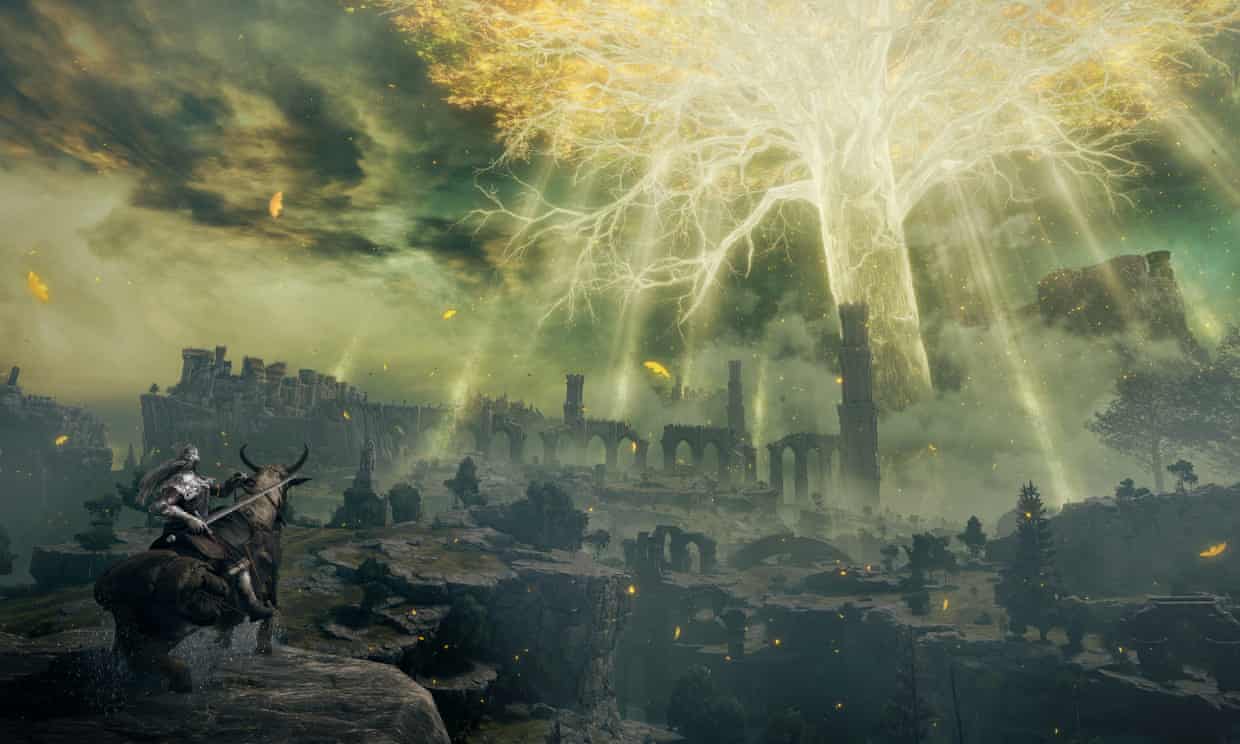Introduction to Game Economy
Introduction
I created this visualization of MTGA’s resource acquisition and expenditure for my application for a game economy designer role. As I didn’t have much experience in game economy design, I put my head down into learning as much as I could during the ongoing interview process. As an avid gamer, I had an idea of how important economies are in games, but as I dove deeper, I realized more about how a game’s economy could affect almost all parts of the game.
Game economies can have a monumental effect on game pacing, and overall gameplay experience. When a game economy is balanced well, player’s feel aptly rewarded for their actions from the beginning to end. Games generally use a system that has a tap-to-sink ratio. A tap is something that generates resources, and a sink is something that consumes resources. An example of a tap is gaining coins in Mario, and spending those coins to gain a life is a sink. Balancing these things are key in economy design.

Examining Economies in AAA games
Elden Ring
One of the more recently critically acclaimed games, in Elden Ring- you gain runes when you defeat monsters, and use those runes to level up/upgrade stats, or to purchase items. Speaking strictly about the exponential leveling system in Elden Ring, you can level up quickly early on by defeating low-level monsters. However, as you begin to reach higher levels, you will need to defeat an exponential amount more than you did the previous level. This deliberate system pushes players to venture into more dangerous territories in Elden Ring, as most players won’t want to kill thousands of low level monsters to reach the next level. This is an example of how a game’s economy can directly push players to explore different zones!

Witcher 3
Another well received game, in Witcher 3- you receive crowns(coins) by killing monsters, and selling items to vendors. Here we will examine how designers failed to spot a small error in Witcher 3 that allowed players to “break” the economy. There are cows in the first town that respawn every time the player reloads the game. This created an infinite source of resources (tap rate was too high!), and allowed players to become rich very quickly. The developers soon wised up, and assigned the Bovine Defense Force(BDF), which spawned a high level monster that invaded the farm if the player killed all of the cows. However, the high level monster also dropped an expensive item, which higher level players sought after. These high level players came to the farm to easily spawn the monster and killed it many times to get even more crowns! Eventually the developers made it so the BTF just spawns once and the cows no longer respawn. This is an example of the complexity of a game’s economy, and how players help find those holes that can later be patched up.
History of the Bovine Defense Force
Windwalker Economy Visualization

